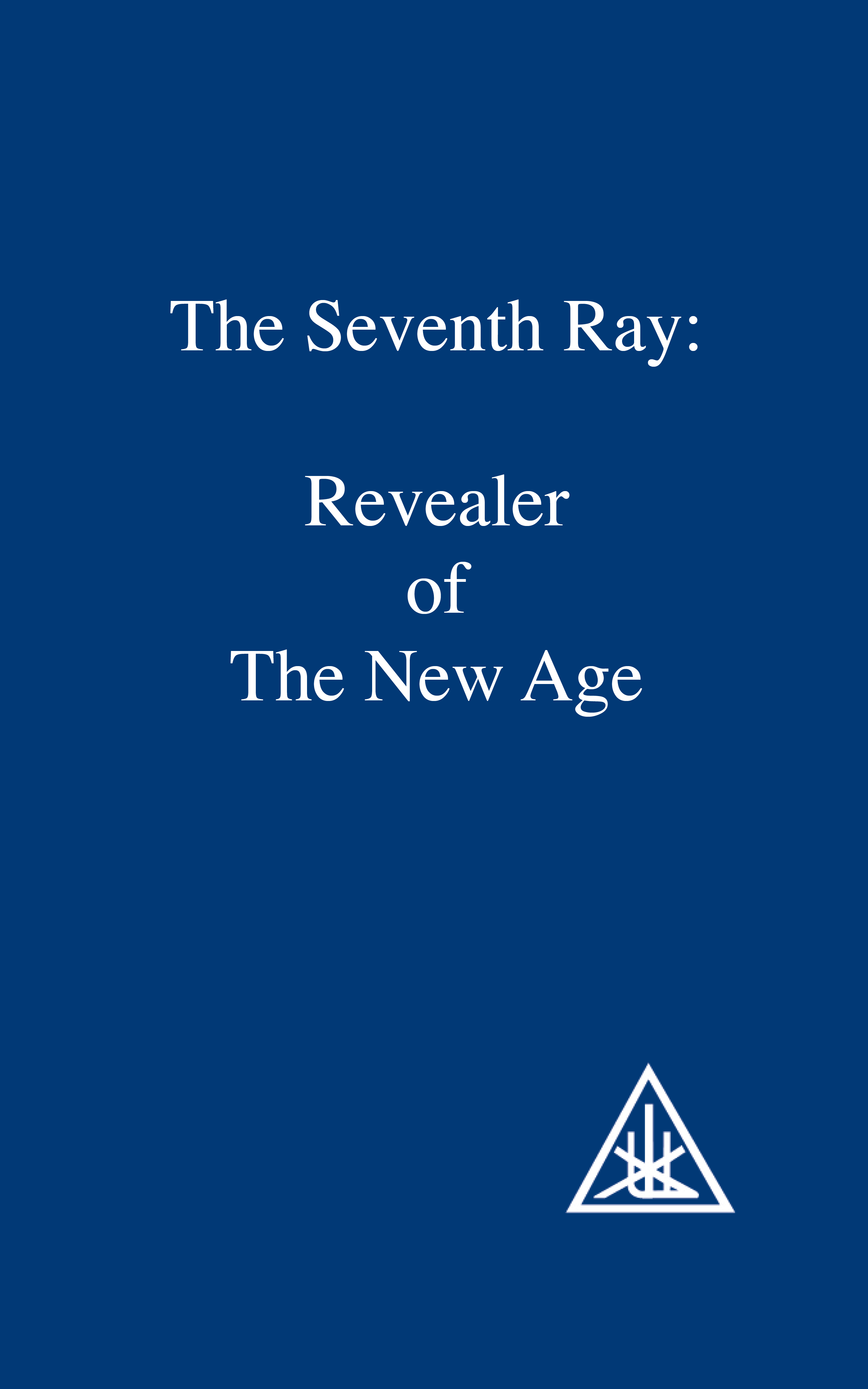
The Chaldean Oracles of the 2nd century AD feature the seven rays as purifying agents of Helios, symbolism featured in Mithraic liturgy as well. The face of Taurus "gleams with seven rays of fire." Taurus is also associated with Aphrodite and other goddesses, as well as with Pan and Dionysus.

In ancient Greek mythology, Zeus takes the bull form known as Taurus in order to win Europa. Hall, and others - notably including the teachings of Benjamin Creme and his group Share International, as well as the philosophies of organizations such as Temple of the People, "I AM" Activity, The Bridge to Freedom, The Summit Lighthouse, The Temple of The Presence (1995) and various other organizations promulgating Ascended Master Teachings, a group of religious teachings based on Theosophy.Īs the New Age movement of the mid-to-late 20th century developed, the seven rays concept appeared as an element of metaphysical healing methods, such as Reiki and other modalities, and in esoteric astrology. The Theosophical concept of the seven rays was further developed in the late 19th and early 20th centuries in the writings of Theosophist Charles Webster Leadbeater, and by other authors such as Alice Bailey, Manly P. īeginning in the late 19th century, the seven rays appeared in a modified and elaborated form in the teachings of Theosophy, first presented by Helena Blavatsky. In India, the concept has been part of Hindu religious philosophy and scripture since at least the Vishnu Purana, dating from the post-Vedic era. In occidental culture, it can be seen in early Western mystery traditions, such as Gnosticism and Mithraism, and in texts and iconic art of the Catholic Church as early as the Byzantine Empire.

They are also known as chohans or angels from heaven. The seven rays is a concept that has appeared in several religions and esoteric philosophies in both Western culture and in India since at least the sixth century BCE. Concept found in some religions and esoteric doctrines


 0 kommentar(er)
0 kommentar(er)
